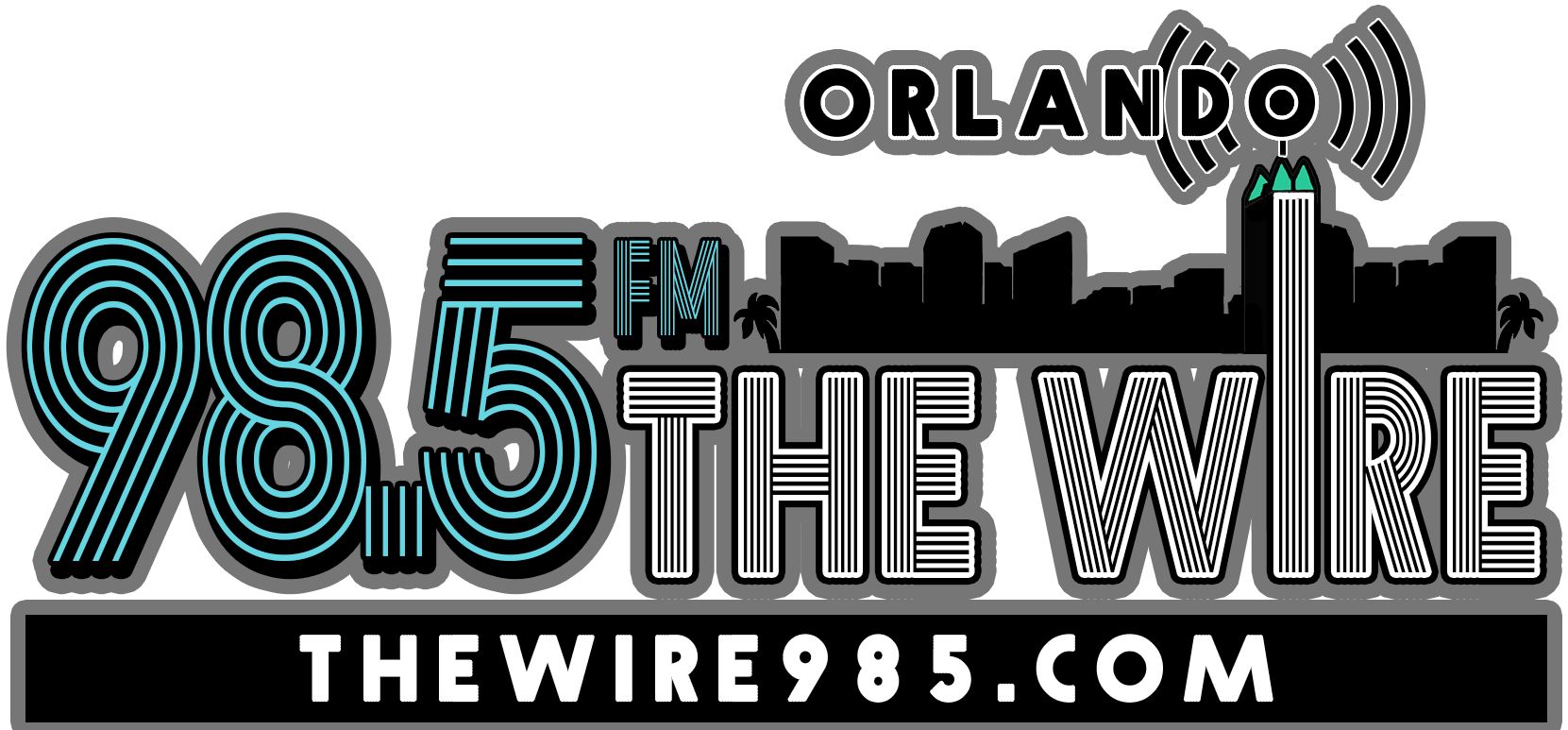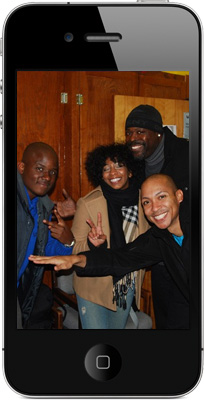While a few Black universities were founded prior to the Civil War, the years following the abolishment of slavery saw an HBCU boom during which many of today’s institutions were founded.
Today, there are over 100 HBCUs that educate about 10% of all Black American college students while accounting for only 3% of the nation’s colleges and universities. And in a climate where U.S. undergraduate enrollment is down nearly 10%, HBCU applications rose almost 30% from 2018 to 2021.
While most Northern schools were technically desegregated by the early 1900s, many Black students — and student-athletes — still preferred HBCUs and the safety from racial harassment they provided.
HBCUs primarily competed in football, basketball, and baseball and were known for their excellence in sports, particularly on the gridiron. For example, the Florida A&M Rattlers tallied a 204-36-4 (!!!) record between 1945 and 1969.
Some college athletic departments refused to integrate until well into the 1970s — the SEC didn’t even begin the process until 1967. For many, it was the desire to win, rather than ethics, that finally spurred change.
Despite the aforementioned financial barriers and recruiting challenges, HBCUs continue to grab national (and international!) attention: Six HBCU grads competed at this summer’s Paris Olympics and Paralympics, highlighted by Howard’s Sydney Satchell winning gold in sitting volleyball.
Long before Title IX was passed in 1972, HBCUs were championing women athletes, who, unsurprisingly, left indelible marks on the sporting world.
Some of the NFL’s biggest names came out of HBCU programs, including renaissance man Michael Strahan as well as wide receiver Bob Hayes, who competed in both football and track during his time at FAMU before winning gold in the 100m sprint at the 1964 Tokyo Olympics, the same year he was drafted by the Dallas Cowboys. No biggie.
HBCU marching bands are second to none. While early U.S. collegiate bands were military-inspired, HBCU bands began to add choreographed dances with upbeat moves in the 1940s and have only raised the stakes since.
Most U.S. schools have a homecoming weekend, but HBCUs have an entire week. Even Queen Bey paid homage to HBCU homecoming culture in her 2019 documentary and her epic Beychella performance.
Like many U.S. universities, Greek life is also an integral part of HBCU campus life. But the “Divine Nine” (Black Greek Letter Organizations) have their own distinct style, most notably on display during step and stroll shows.
HBCUs have molded some of the most prominent Black thinkers and leaders in U.S. history, including U.S. presidential candidate and current vice president Kamala Harris as well as Martin Luther King Jr., Oprah Winfrey, Thurgood Marshall, and Stacey Abrams.
In response to this, the Biden administration delivered over $16B to HBCUs, and private philanthropists have also stepped up to the tune of billions of dollars. There’s still a long way to go to achieve equity, but it’s a start.
Still, all of these moves, whether they stick or not, are investments in the future of HBCUs and the students they serve. These institutions are massively important for providing safe spaces for students to learn and play, while continuing to grow their rich culture and traditions. We’ll step to that.
Sign up for The GIST and receive the latest sports news straight to your inbox three times a week.
Celebrating HBCU Week 2024 – The GIST











More Stories
Systemic injustice and its ongoing impact on Black Americans – Minnesota Spokesman-Recorder
Oakland mayor’s chief of staff fired over private notes referring to Black people as ‘tokens’ – The Mercury News
A Community Divided: Reasons Behind A Lot of Black Americans' Decision to Not to Participate in 'Hands Off!' | VIDEO – EURweb